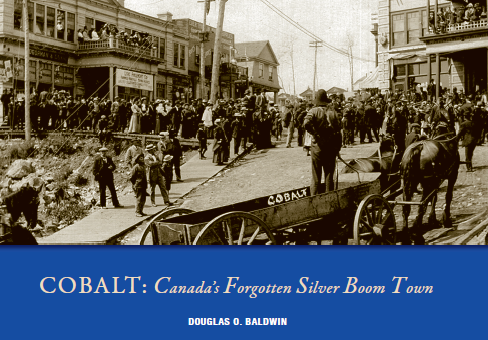Without the foresight, initiative and leadership of Franc Joubin (1911-1997), the mines of Elliot Lake, Ont., might never have come about. Joubin was one of the most outstanding explorers in North America, if not the world. His achievements, awards, degrees and world-wide experience speak for themselves.
I first met Joubin back in 1949 at a gathering in Toronto to kick off the Beaverlodge uranium campaign. A young geologist who knew him turned to me and asked if I had met the man before. When I said no, he said “mark my work words: he’ll set the world on fire.” How prophetic that turned out to be.
Joubin inspired and affected our lives dramatically. With his natural wit and warmth, this quiet-spoken man was a born leader. “Knowledge is power,” he would often say, and he was living proof.























